Planned cities / Global
Built to plan
It isn’t as easy as some governments might suppose to build a metropolis from scratch with all the vibrancy of a city that has grown naturally. So here are three examples of cities from different periods of history that were built according to a specific plan – and have stood the test of time.
01.
The garden city
Tapiola, Finland
Year founded: 1951
Founded by: Heikki von Hertzen, a lawyer
Name: Means “the home of Tapio”, the forest god in Finland’s 19th-century national epic The Kalevala
Population: 9,325
Iconic building: Aarne Ervi’s Mäntytorni apartment building, built in 1954
“Our success is down to collaboration between the city, its residents, the university and businesses,” says Jukka Mäkelä, the mayor of Espoo, Finland’s second-largest city. He is standing among the birch trees outside his childhood home. As he expounds his vision for the city’s future, one of the children playing outside hits a ball under his electric car. Welcome to Tapiola garden city.
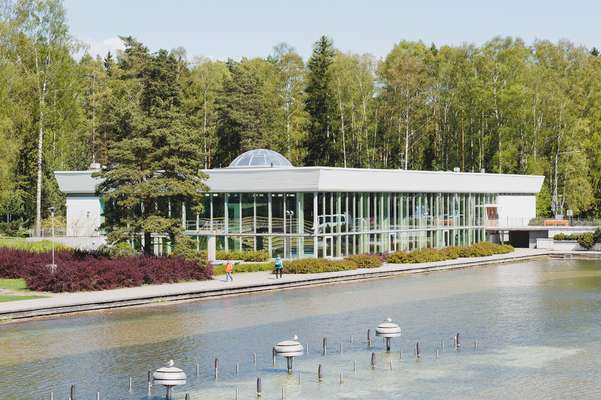
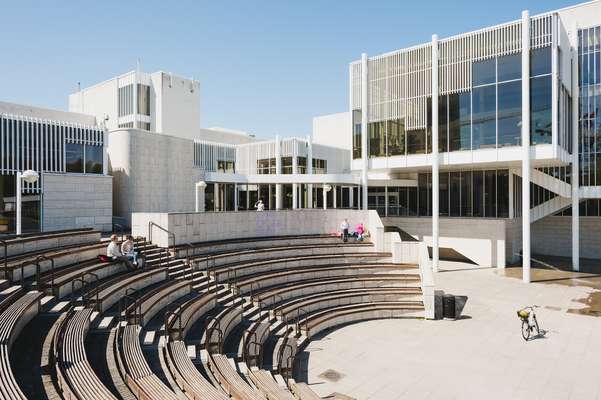
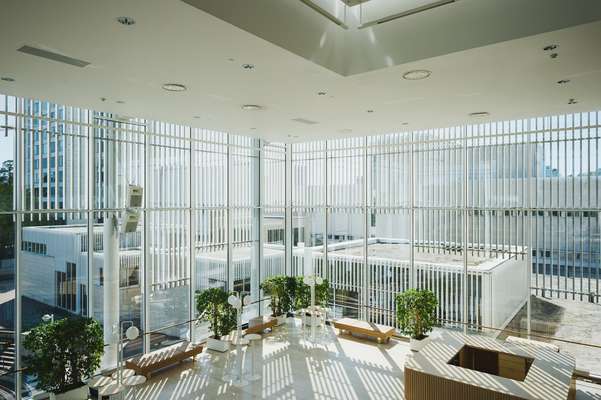
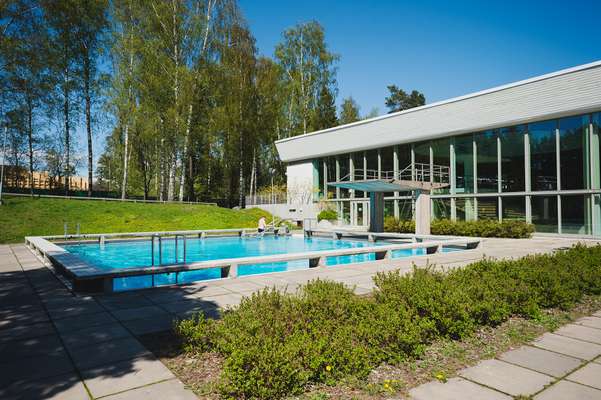
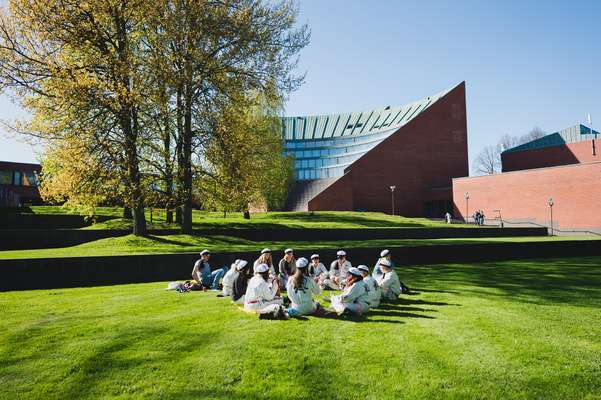
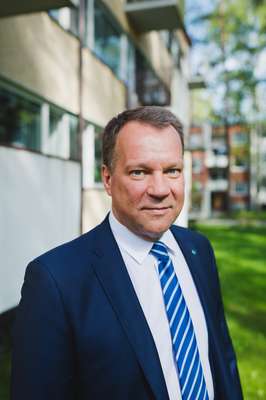
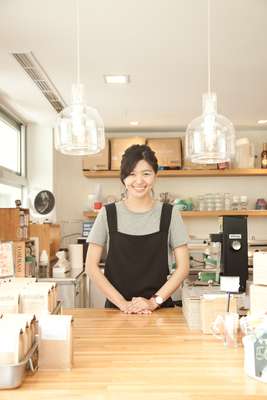
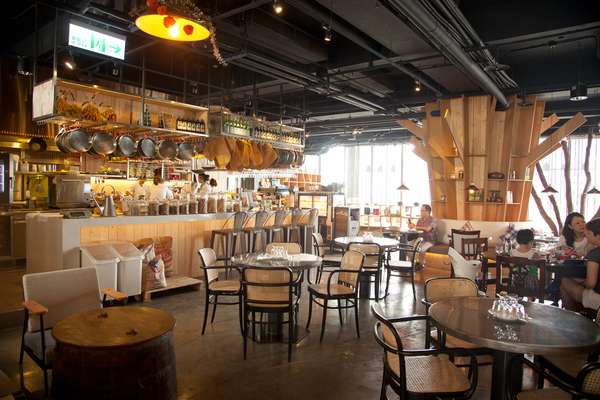
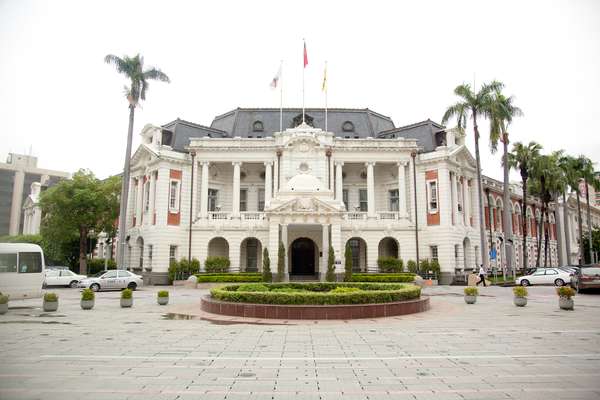
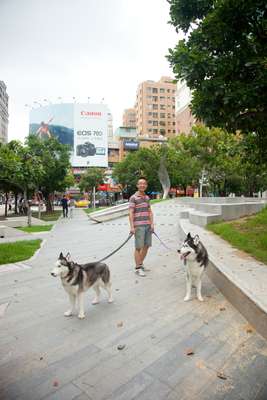

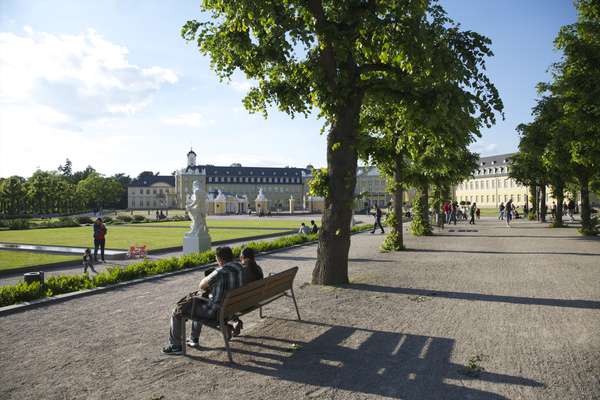
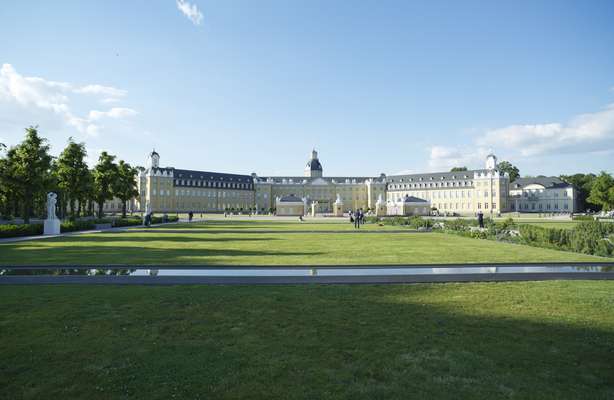
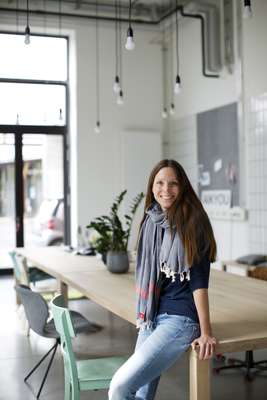
Located in the east of Espoo municipality, the district of Tapiola was conceived by a lawyer, Heikki von Hertzen, whose book Homes or Barracks for Our Children? set out his urban-planning priorities: nature, family, jobs, public space and a variety of housing options. In 1951, Von Hertzen founded the private, non-profit Housing Foundation with funding from trade unions and social organisations, purchased 270 hectares of forest west of Helsinki and recruited Finland’s leading architects, including Alvar Aalto, Aarne Ervi and Kaija Siren, to help make his vision a reality.
That vision was of a self-contained but diverse community. The area was divided into four neighbourhood units, each surrounded by a green belt. Eighty per cent of the dwellings were social housing and white modernist blocks were set among pine and birch trees. In the centre, Aarne Ervi converted a former gravel pit into a large, square water basin. Overlooking it is Arto Sipinen’s 1989 multi-storey cultural centre as well as a sleek church, public swimming pool, outdoor amphitheatre and shopping centre.
Since the 1950s, Tapiola has continued to evolve. A case in point is the WeeGee house, designed in the 1960s by Aarno Ruusuvuori as a printworks for publisher Weilin+Göös. Today, the protected building is home to the largest exhibition centre in Finland. Businesses have evolved, too. Forestry co-operative Metsäliitto moved to Tapiola in 1975 and in 2007 constructed the country’s largest wooden office building. Recently the business, now called Metsä Group, brought all five of its subsidiary companies together, renovated a 1970s building and installed an impressive staff canteen with an undulating wooden roof.
At the other end of the spectrum is Startup Sauna, housed nearby on the Otaniemi campus of Aalto University (formerly Helsinki University of Technology). One resident, Reda Štaré, the Lithuanian co-founder of social-dining start-up Plate Culture, praises the harmony of Tapiola’s landscaping and the university’s low-rise 1960s buildings designed by Alvar Aalto. “Otaniemi is a great place to think and work,” she says.
Startup Sauna is exactly the kind of initiative beloved by the mayor, who studied at the university before it was renamed and sees it as an incubator of innovation. Mäkelä hopes to unite Tapiola and Otaniemi with the waterfront district of Keilaniemi in what he calls the Espoo Innovation Garden. Part of the plan is a €1bn metro line to improve travel between Espoo and Helsinki. Tapiola’s immediate future also includes mass underground parking, a renovated bus station, new business, and residential and retail space.
The role of the city of Espoo has been controversial since it began managing Tapiola’s infrastructure in the 1980s. Architecture purists have criticised developments as inconsistent with garden-city ideals. But Mäkelä disagrees, arguing that taller buildings are necessary to avoid encroaching on the green belts and retain Tapiola’s proximity to nature. Innovation and transport are his way of restoring the area’s appeal to young families and his lesson for any urban planner is refreshingly simple: “Build for children and their parents and, above all, listen to your residents.”
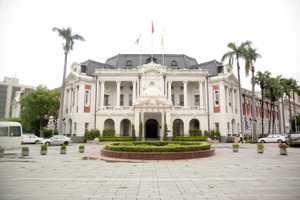
02.
The revitalised city
Taichung, Taiwan
Year remodelled: 1895
Remodelled by: The Japanese occupying administration
Name: Taichung means “central Taiwan”, renamed by the Japanese in 1895
Population: 2.7 million
Iconic building: National Taichung Theater, built by Toyo Ito in 2014
When the incessant rains finally let up for a couple of hours during Taiwan’s wet season, residents of Taichung head to the leafy strip of parkland known as the Calligraphy Greenway. Young couples meander beneath the canopy of trees, dogs bouncing on leashes; old men march energetically along paths lined with rock sculptures; others sit reading novels borrowed from a nearby book depository.
“It’s really beautiful in the morning,” says Junji Sakai, a Japanese expat who opened the first overseas outpost of his Tokyo-based doughnut shop Haritts in a narrow lane off the Greenway two years ago. “Every day I walk through the park from my apartment to my shop. It gives me a lot of energy.”
Sakai was drawn to Taichung rather than Taiwan’s hectic capital, Taipei, due to the city’s slower pace and better quality of life. Part of Taichung’s charm derives from its compact size and excellent park system, which has remained largely intact since the city’s development under its Japanese rulers in the early 20th century.
The Japanese modernised Taichung, modelling it on Kyoto’s urban plan. They laid out streets in a chessboard formation, intersecting them with narrow lanes. Grand, western-style buildings such as the railway station and city hall, both still in use today, were constructed downtown, along with a series of parks that enclose the city centre like a “jade necklace”, as Wang Chun-chieh, director-general of Taichung’s Urban Development Bureau, puts it.
In recent decades, Taichung has spread outward as the city became one of the world’s leading manufacturers of bicycles and shoes (the bike company Giant has its headquarters here, as does Pou Chen Group, which makes shoes for Nike and Adidas among others). But the inner city has remained a vital part of the local economy due to Taichung’s continued reliance on the railway and the thousands of small businesses that have sprouted up in the dense warren of lanes, from bubble-tea shops and orchid sellers to the trendy cafés and boutiques that have arrived more recently.
With manufacturing shifting overseas, the Taichung government and private developers are now focusing on revitalising the city centre to bring life back to heritage buildings and attract creative enterprise to the city. The refurbishment of the Calligraphy Greenway, for instance, has coincided with the transformation of Taichung’s western district. Rather than tear down old buildings and widen lanes, developers have sought to retain the fabric of the community and recruit independent businesses rather than major retailers.
The small developer Fantasy Story has led the way in fine style. Founded by two university classmates in 2010, the company has since renovated two dozen properties and rents space to more than 60 creative businesses – everything from umbrella-makers to industrial designers. Other independent businesses such as Mojo Coffee, a café and coffee roaster, have set up shop in the lanes, lured by the cheap rent and laidback lifestyle. “You have time to think,” says founder Scott Chen. “There is time to make mistakes and fix them.”
Now the Urban Development Bureau wants to do more. Wang is seeking TWD10bn (€300m) from the government to renovate other abandoned buildings in the city centre. Planners are also enhancing quality of life by elevating the main train line that cuts through the downtown, turning the tracks into a 2km-long park and expanding the city’s bike-share programme to include 9,000 bikes and 600km of bike lanes. “We wanted to make this area more approachable for people to walk around,” says Wang. “Because of this change, more businesses are willing to come and invest.”
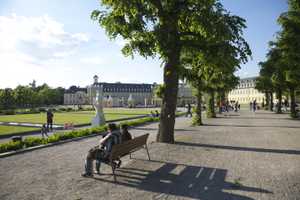
03.
Dream city
Karlsruhe, Germany
Year founded: 1715
Founded by: The margrave Karl Wilhelm of Baden-Durlach
Name: Means “Karl’s repose”
Population: 299,000
Iconic building: The ZKM Centre for Art and Media, housed in an old munitions factory since 1997
According to legend, the masterplan for Karlsruhe came to Karl Wilhelm, a military commander in the Holy Roman Empire, in a dream as he slept in the Hardtwald forest. He envisaged a star-shaped city with 32 streets emanating from its centre like the spokes on a wheel. Shortly afterwards, in 1715, Wilhelm laid the first stone and the “fan city” of Karlsruhe was born.
Exactly 300 years later, Karlsruhe’s current mayor Dr Frank Mentrup climbs to the top of the new Jubilee Pavilion, built in the Karlsruhe Palace gardens to celebrate the city’s historic birthday. “Karlsruhe’s layout can be compared to that of Washington and its quality of life to that of the world’s cosmopolitan cities, although it’s slightly more provincial than Singapore,” says Mentrup with a smile. The unusual masterplan created a balance between concrete and green space that has survived until today. “It’s a city you fall in love with not at first sight but at second glance.”
The city, close to Stuttgart and a short train ride from Zürich and Paris, may seem inconspicuous at first but it is brimming with potential. “The city grew thanks to immigration, its liberal values and cosmopolitanism as set out in the founding charter,” says Dr Anke Karmann-Woessner, director of Karlsruhe’s urban-planning department. “We therefore feel an enormous obligation to stay true to the city’s historic identity.”
Karlsruhe will be hosting a public urban-planning exhibition this summer, giving citizens the opportunity to have a say over how their city is run and the way it is heading. An ambitious pedestrianisation scheme and a subway are already underway in the town centre; both are expected to improve the city considerably by the time they are completed in 2019.
From an economic perspective, Karlsruhe is also evolving. From day one it has been a sanctuary for German and foreign entrepreneurs and over the years the city has given rise to some of the world’s most prominent industrialists and inventors, including engineer Karl Benz, creator of the first automobile.
Nowadays the city is best known for its technology sector. It is effectively Germany’s answer to Silicon Valley; Karlsruhe’s 1,000-member tech cluster CyberForum is Europe’s largest IT network. But now it is the creative community that is garnering attention. The Alter Schlachthof is a vibrant start-up haven in the city’s old meatpacking district that has grown into a hub for more than 100 companies. Here artists, designers and media brands have settled in spacious 19th-century refurbished slaughterhouses and innovative co-working spaces. “Everyone here wants to create something new and there is a lot of co-operation,” says designer Bianca Renninger, who settled in the area a few years ago. “It is an inspiring place to be and I couldn’t imagine being anywhere else.”
Back at the Jubilee Pavilion, Mayor Mentrup surveys his city from the viewing platform, pointing to the spot where Karlsruhe was established not so long ago and where the 100-day-long anniversary festivities kicked off mid-June. “We are a middle-sized city with cosmopolitan character,” he says. “It’s time to celebrate Karlsruhe’s potential.”


